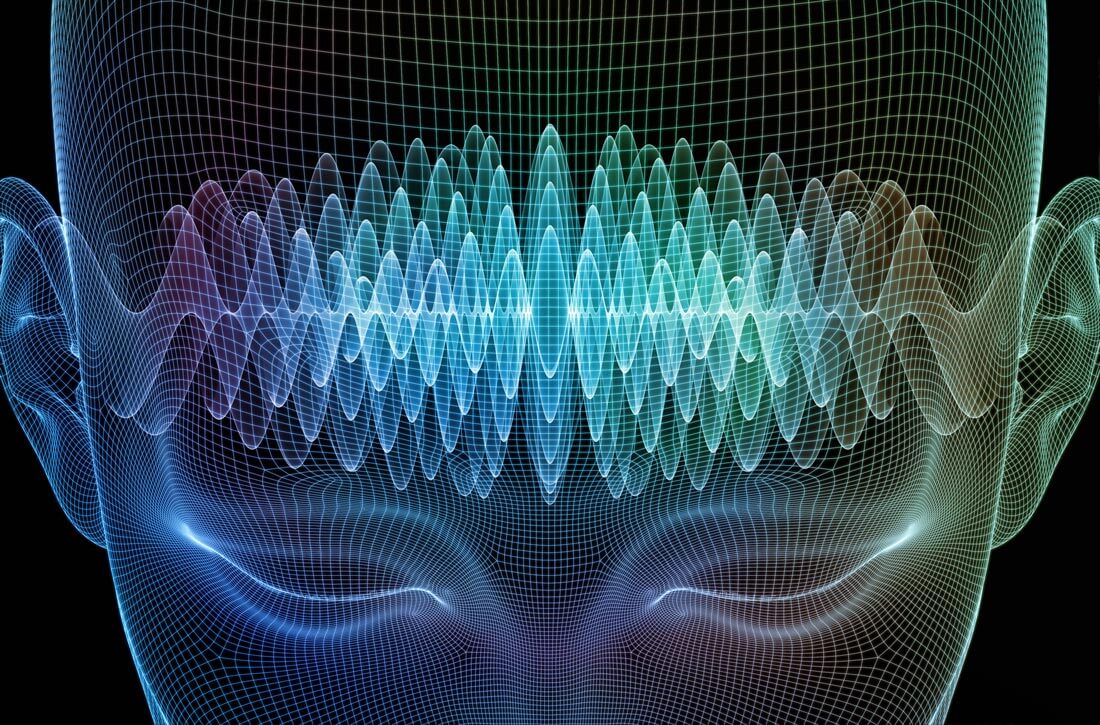If you are working in the field of sound healing or sound therapy, or just taking your first sound healing training, you have probably heard of concepts such as brainwave entrainment with binaural beats, monaural beats, or isochronic tones. To avoid confusion especially when it comes to binaural vs monaural beats, please read this article. If you would love to dive deep into the world of psychoacoustics, please enroll in Sound Healing Certification Training.
What binaural beats really are?
When sound waves of different frequencies enter the inner year, they cause different areas of the basilar membrane to vibrate accordingly to the frequency of the signal. The impact of vibration on each specific region of the basilar membrane is associated with a specific frequency. Two frequencies that are close together cause an overlapping response on the region of the basilar membrane.
When the frequencies are almost the same, the brain can not distinguish them as separate tones. Instead, we hear an average frequency as well as the beating effect. Increasing the difference between the two frequencies will result in faster beats and eventually will make two frequencies that become distinguishable as two separate tones. When two frequencies close to each other are being emitted from two sources (for instance, in the left speaker for one frequency and the right for another), the beats that result from a synchronization are called Binaural beats.
If two tones with slightly different frequencies sound from one source, this phenomenon is called Monaural beats.
Watch binaural beats being generated
So how can Isochronic tones and binaural and monaural beats be used for brainwave entrainment? Entrainment is taking place when conscious listening to purposely adjusted bandwidths of frequencies engages the listener with a specific rate of beats. To slow down the brain activity, choose a slower rate; to raise the activity, increase the arithmetical difference between the contributing frequencies to accelerate the rate of pulsations.
When brainwaves become synchronized with pulsating binaural, monaural beats, or Isochronic tones, this phenomenon is known as frequency following response (FFR).
Isochronic tones are acoustical beats of a single tone that are used in brainwave entrainment. At its simplest level, an isochronic tone is a tone that is rapidly turned on and off. Isochronic tones create sharp, distinctive pulses of sound. How frequently the tone is being switched on and off is measured in Hertz (Hz).
A repetitive and distinct beat of isochronic tones produces what's known as an evoked response in the brain. This is an electrical potential of the brain following the introduction of a stimulus.

